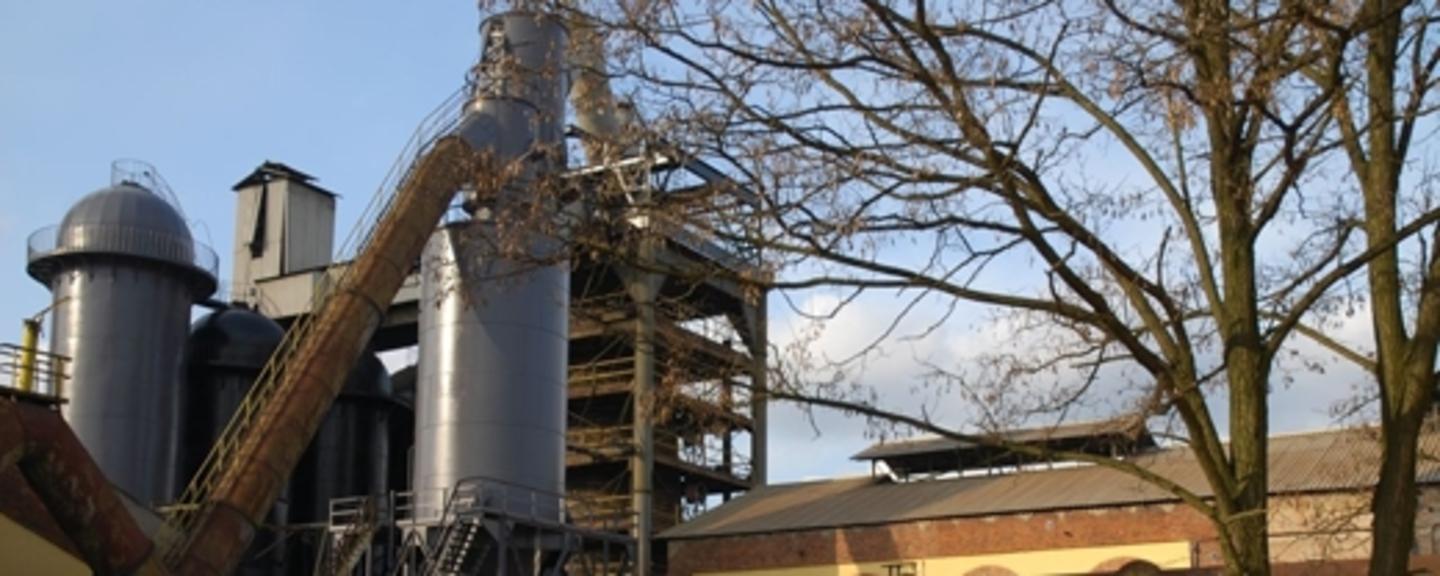The history of utilising iron ore in Starachowice in south eastern Poland goes back to Roman times. The Starachowice foundry was established in 1841 and was in operation until 1968. It was closed due to toxic wastes and deposits found in the Kamienna River.
A world industrial heritage area
The furnace complex that can be seen in the town today was constructed in the 19th century. It has three blast charcoal furnaces from 1836-41, as well as a newer blast furnace constructed at the end of the 19th century. This new furnace includes a lift tower, air heaters and a steam engine.
In 1993, the site was placed on the list of world industrial heritage areas, as the oldest ironworks in Europe. As part of the community`s desire to preserve the foundry, the Council of Starachowice transformed the buildings into a museum in 2000.
Exhibitions and concerts
The €1.98 million project entails renovation of all major buildings and installation of new heating, ventilation, water supply and sewage systems, as well as preparation of a track allowing visitors to walk through the whole area.
The renovated buildings will include exhibitions related to the history of the foundry, and also premises for concerts, performances and a local art gallery. An elevator in the blast furnace from 1899 will allow visitors to have a good view of the installations and the industrial area. A new ticket office and a museum shop are also planned.
250 million years old fossils
In addition, the museum has a section with a vast collection of fossils from the region. The fossils are 245-265 million years old and include footprints and other traces of dinosaurs. This collection forms the basis for an exhibition of the history of the region, as well as temporary exhibitions on dinosaurs.
The project is implemented in partnership with the Norwegian Mining Museum in Kongsberg. The renovation of the ironworks is planned to be finished and the museum reopened in the autumn of 2010.
Photo credit: Royal Norwegian Embassy, Warsaw
